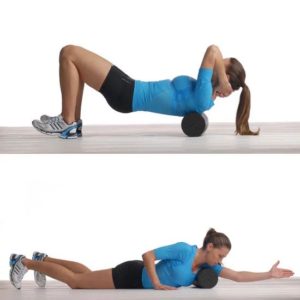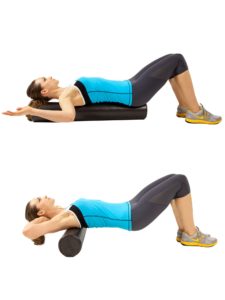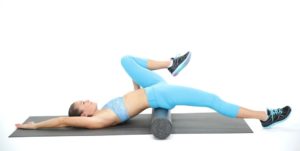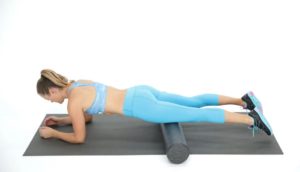
Unlike static stretching of tight muscles, which can impair athletic performance, Foam rolling can provide relief without sacrificing your PR. In fact, foam rolling may even improve your performance.

We showed that rolling every day after the damaging and painful exercise allowed the subjects to decrease the muscle soreness and recover their vertical jump height, muscle activation, and passive and dynamic ROM [range of motion] in comparison to no rolling during the DOMS

4 Benefits of foam rolling:
* alleviates soreness.
* reduces inflammation that occurs during the muscle repair process.
* aids in muscle repair recovery.
* helps injury prevention by maintaining muscle length and remedying tension and tightness

Though many athletes know foam rolling is the right thing to do, most athletes don’t know how to do it right:
How often should I do the foam roll?
Does it matter how long a muscle gets rolled out?
Want to know how to target specific muscles with self-massage?








